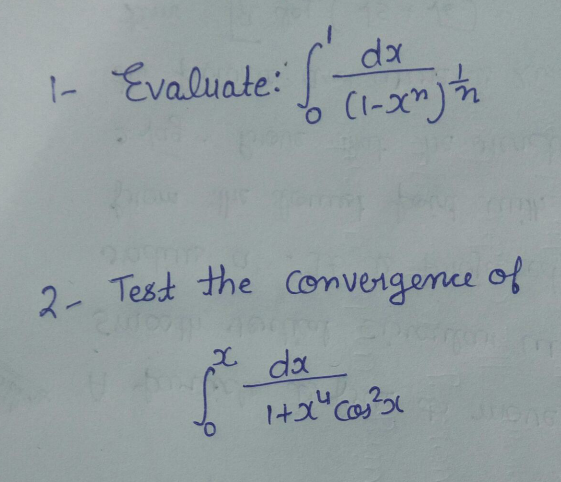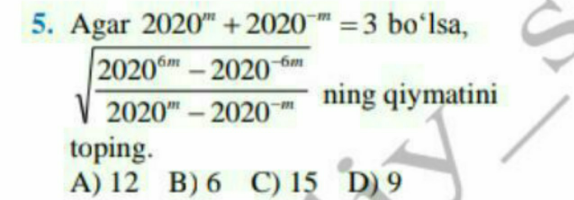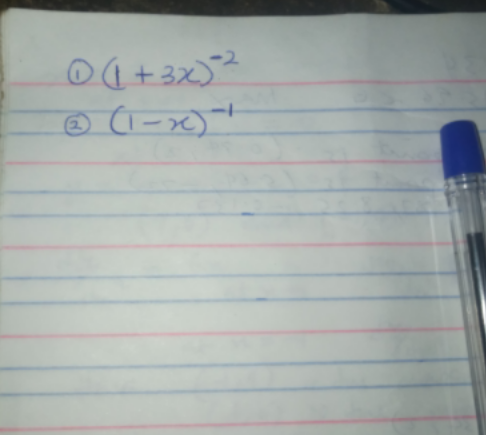
AllQuestion and Answers: Page 1082
Question Number 110197 Answers: 2 Comments: 4
Question Number 110183 Answers: 3 Comments: 0
Question Number 110182 Answers: 1 Comments: 2
$$\mathrm{Solve}\:{x}^{\mathrm{3}} +\mathrm{15}{x}−\mathrm{92}=\mathrm{0} \\ $$
Question Number 110175 Answers: 2 Comments: 0
Question Number 110173 Answers: 2 Comments: 0
Question Number 110157 Answers: 2 Comments: 0
Question Number 110156 Answers: 1 Comments: 0
Question Number 110154 Answers: 0 Comments: 0
Question Number 110149 Answers: 0 Comments: 1
$${find}\:{the}\:{domain}\:{f}\left({x},{y}\right)={x}+\mathrm{4}\sqrt{{y}\:}\:? \\ $$
Question Number 110145 Answers: 2 Comments: 0
Question Number 110143 Answers: 2 Comments: 0

Question Number 110136 Answers: 4 Comments: 0

Question Number 110132 Answers: 0 Comments: 4
Question Number 110118 Answers: 1 Comments: 4
Question Number 110119 Answers: 1 Comments: 0
Question Number 110112 Answers: 1 Comments: 0
Question Number 110109 Answers: 2 Comments: 0

Question Number 110096 Answers: 0 Comments: 8
Question Number 110095 Answers: 3 Comments: 0
Question Number 110092 Answers: 1 Comments: 0

Question Number 110087 Answers: 0 Comments: 3
Question Number 110086 Answers: 1 Comments: 0
Question Number 110056 Answers: 2 Comments: 0
Question Number 110050 Answers: 1 Comments: 0

Question Number 110049 Answers: 4 Comments: 0

Question Number 110045 Answers: 0 Comments: 0
Pg 1077 Pg 1078 Pg 1079 Pg 1080 Pg 1081 Pg 1082 Pg 1083 Pg 1084 Pg 1085 Pg 1086
